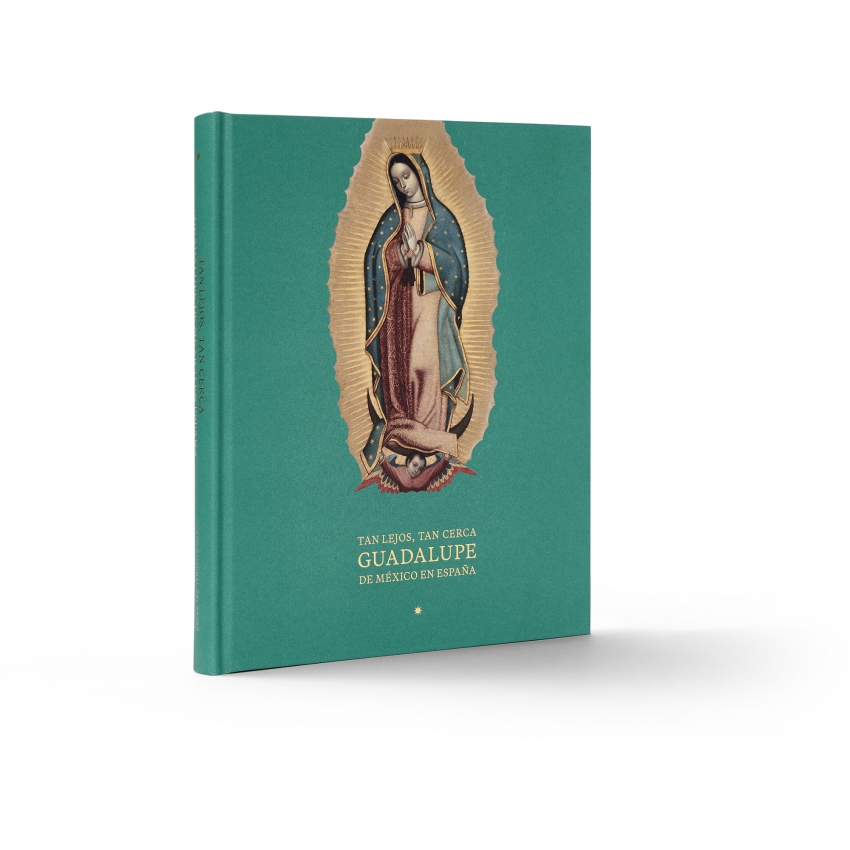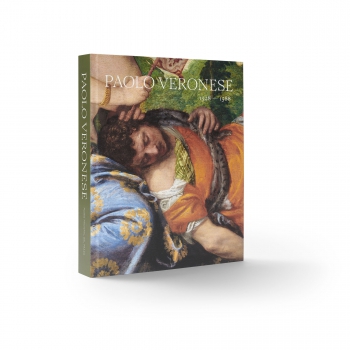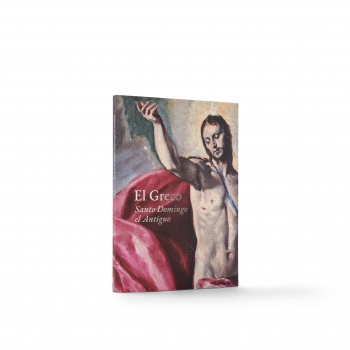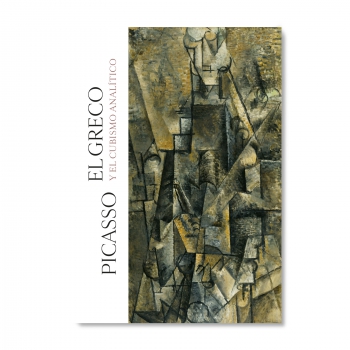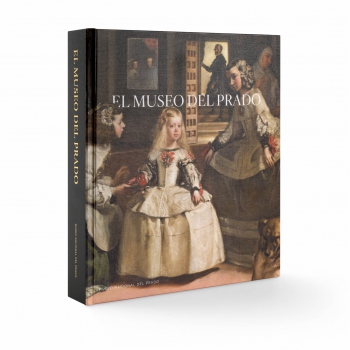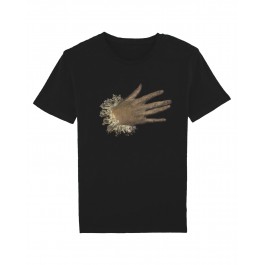Guadalupe of Mexico was the rst globalised Marian image. Her ‘true likenesses’, sent from New Spain to the metropolis, helped cement the intense relations between families and personalities on both sides of the Atlantic who shared desires, aspirations and sentiments. Through them and the identity they a¾rmed, dense cultural, political, social and economic webs were woven that have now been lost, and which this exhibition seeks to restore.
The exhibition, mostly made up of works from the Spanish heritage, examines the aim and function of the Guadalupan images, which are highly diverse despite their reiteration of a single prototype, and points out their similarities and contrasts with other European cults or with devotions served by Spanish painting.
The catalogue opens with an introduction by the two curators of the exhibition, Jaime Cuadriello and Paula Mues, and contains six essays by various specialists: El «icono moderno» ante la era del arte (Javier Portús), Tipología figural, construcción visual y articulación devocional (Jaime Cuadriello), La Virgen de Guadalupe, un icono entre dos orillas (Francisco Javier Pizarro Gómez y Angelika García Manso), La Virgen de Guadalupe de México y de cómo los pintores novohispanos intentaron retratarla (Paula Mues Orts y Rocío Bruquetas Galán), Agentes, dinámicas y espacios de la recepción guadalupana en España (Francisco Montes González) and La Virgen, los «señores indianos mexicanos» y el rey católico (Iván Escamilla González). The book closes with a bibliography and an index of authors and works.
ISBN: 978-84-8480-632-5

